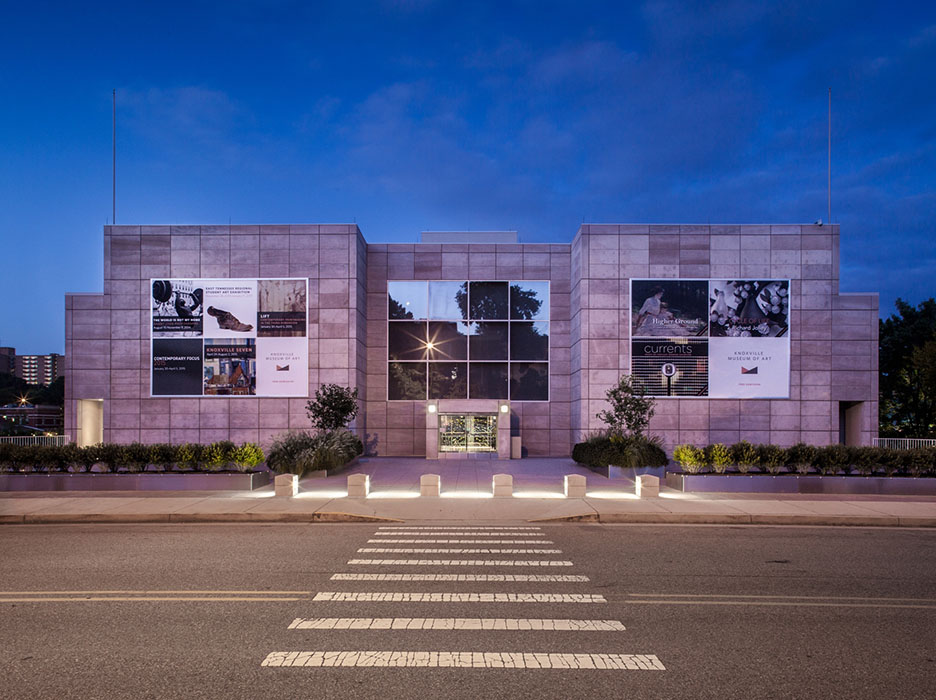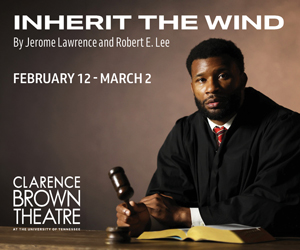“In a limpid brook
the capricious trout
in joyous haste
darted by like an arrow.”
There is probably no more successful translation of words into musical flavor than in Franz Schubert’s lied, “Die Forelle” (“The Trout”) that he subsequently incorporated into his Quintet for Piano and Strings in A Major that bears that same nickname. Schubert manages, as truly inspired composers often do, to give his listeners the perfect musical interpretation of words like limpid brook, capricious trout, and joyous haste. Should listeners want to double check my assertion and turn a cold evening into one with dappled summer sunlight sparkling off of a clear brook, they will want to find their way to the Knoxville Symphony Orchestra’s Concertmaster Series of chamber music, “William Shaub and Friends,” at the Knoxville Museum of Art. There is one final performance tonight (Thursday, January 27, at 7:00 PM) to catch the Schubert Quintet along with two groups of works by Bela Bartok.
This entertaining, rewarding, and very affordable series is hosted and performed by KSO Concertmaster William Shaub together with performance colleagues from the orchestra and elsewhere. For the Schubert Quintet, violinist Shaub was joined by pianist Kevin Class, violist Katherine Gawne, cellist Andy Bryenton, and double bassist Steve Benne. In addition to the usual textures of a piano quintet altered here by the double bass instead of a second violin, this performance was notable for its intimate and distinctly honed flavors from each instrument—a trading of the narrative line from instrument to instrument—all the while maintaining a small-room-like balance.
While hints of the “Die Forelle” melody can be heard through most of the piano part, Schubert’s six variations on that theme are found in the fourth movement (of five). It is in these variations the individual instrumental colors step forward briefly, then merge back into the warmth of the ensemble.
There is a years-old story floating around that Schubert’s Trout Quintet was once mistaken by a newspaper reviewer as a work by the then 20-something Bela Bartok. While that probably seems ridiculous to 2022 ears that possess full knowledge of Bartok’s total career, the mistake probably would not have seemed so strange in the early days of the 20th Century and early in Bartok’s musical evolution.
Although the contrasts are obvious to our ears, even of the unquestionable tonal ethnicity of early Bartok, there are valid connections that may have been Concertmaster Shaub’s intention—at least unconsciously. Shaub opened the evening with two groups of works by Bartok, the first of which, Romanian Folk Dances, was taken by Shaub and Class in a version for violin and piano that was beautifully evocative and marvelously rendered.
KSO violinist Kyle Venlet then joined Shaub for an intriguing immersion into ethnic flavors of Eastern Europe in selections from the group of studies, 44 Duos for Two Violins.






